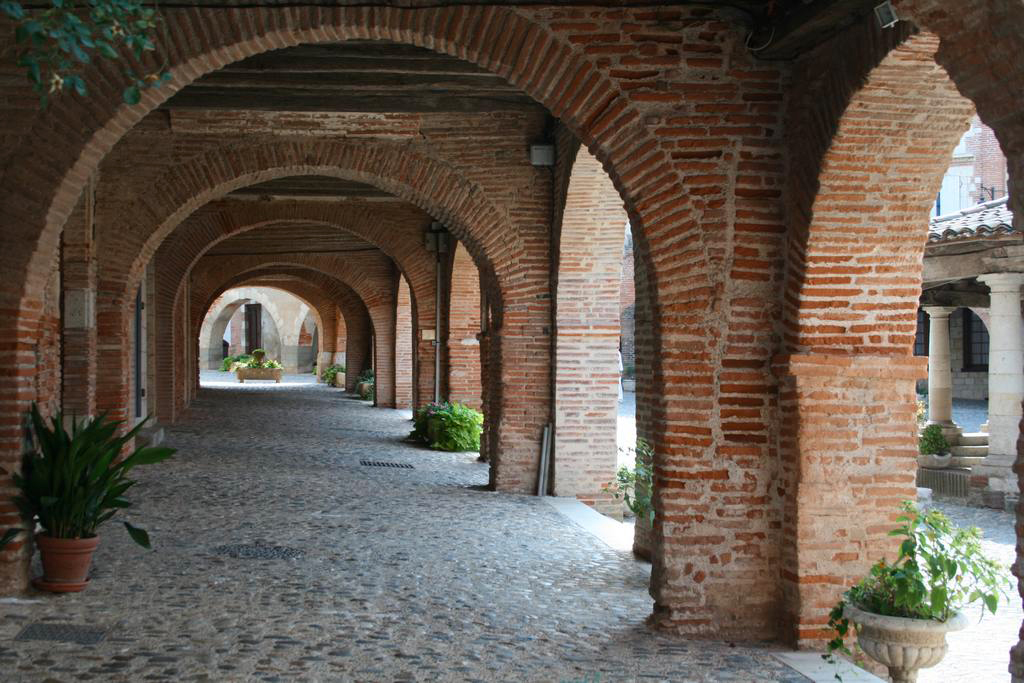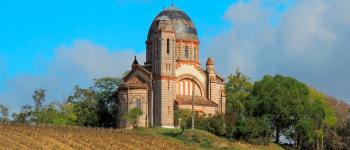
Gallo-Roman city, Auvillar, stopover on the way to Santiago de Compostela is one of the most beautiful villages in France and as such, offers a particularly rich heritage.
Located on the banks of the Garonne, in the port district, the port has been recently refurbished and embellished.
This port is the vestige of the time, 18th and 19th centuries when the Auvillar earthenware was famous, when many boats left for Bordeaux to deliver the precious crockery.
Auvillar is also home to two museums, the Earthenware Museum and the Inland Waterways Museum located in the heart of the historic center.
A whole History
Among the monuments to be seen in Auvillar, the circular "Halle aux grains" built in 1825, in the middle of a triangular square, the Clock Tower, a monumental 17th century gate offering a unique access to the historical center of the village and the Saint-Pierre church are the most famous.
The triangular square, lined with rich 17th and 18th century brick and stone houses, forms a real showcase for the grain market, circular, whose Tuscan columns give a unique elegance and cachet to this listed monument which houses the Sunday morning farmers' market and many artistic and cultural events .
The church of Saint Pierre, classified as a historical monument, is one of the largest in Tarn-et-Garonne. It is decorated with an exceptional baroque altarpiece.
Strolling through the cobbled alleys also allows you to discover the half-timbered and corbelled houses, the Consuls' Palace, the wash house and the remarkable viewpoint over the Garonne valley and the Quercy hillsides located on the Place du Château.
The boatmen's houses face the river and are next to the chapel of Saint Catherine, patron saint of sailors, rebuilt in the 14th century on the orders of Pope Clement V.
This historic site, of Carolingian origin, has just been renovated under the aegis of the Bâtiments de France.
In addition to earthenware, another unique activity, the making of goose feathers for writing made Auvillar famous.
This production was then exported to the Levant and Spain.
Unfortunately, the rapid spread of the metallic nib, which appeared in England in the middle of the 19th century, put an end to this industry.
Finally, Auvillar shelters, in addition to many artists and craftsmen, the "Moulin à Nef", the name given today to the Centre d'Echange Culturel d'Auvillar (CECA).
The owner is the Virginia Center for the Creative Arts (VCCA), an American university in the state of Virginia.
Auvillar Town Hall
Place de la Halle
82340 Auvillar
Tel: 05 63 39 57 33
Tourist Office
Place de la Halle
82340 Auvillar
Tel: 05 63 39 89 82
Translated with www.DeepL.com/Translator
(free version)




